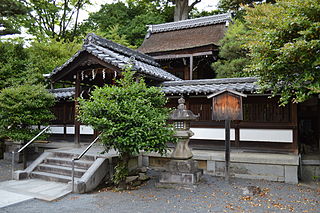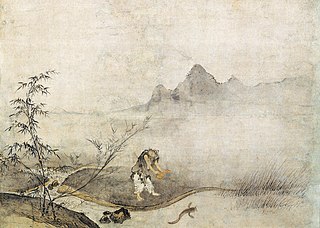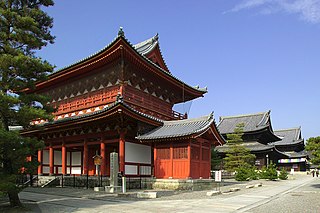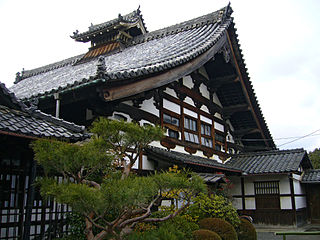Self-guided Sightseeing Tour #7 in Kyoto, Japan
Legend
Guided Free Walking Tours
Book free guided walking tours in Kyoto.
Guided Sightseeing Tours
Book guided sightseeing tours and activities in Kyoto.
Tour Facts
1.7 km
23 m
Experience Kyoto in Japan in a whole new way with our free self-guided sightseeing tour. This site not only offers you practical information and insider tips, but also a rich variety of activities and sights you shouldn't miss. Whether you love art and culture, want to explore historical sites or simply want to experience the vibrant atmosphere of a lively city - you'll find everything you need for your personal adventure here.
Activities in KyotoIndividual Sights in KyotoSight 1: 今宮神社
Imamiya Shrine is a shrine located in Hanazono, Ukyo-ku, Kyoto, Japan. In the past, it was also called Giken-on-sha (Gi-Hana-en-no-sha) and Hanazono-sha (Hanazonosha). The company name is a former village company. It is the god of the soil of Hanazono, Ukyo Ward, Uzumasa Yasui, etc.
Sight 2: Taizouin temple
Taizō-in (退蔵院) is the oldest sub-temple of the Myōshin-ji Rinzai Zen Buddhist temple, situated in the northwest of Kyoto, Japan. It was founded by Zen priest Muinsoin in 1404. The original temple buildings were burned during the Ōnin War (1467-1477), and were later rebuilt.
Sight 3: Myōshinji Temple
Myōshin-ji is a temple complex in Kyoto, Japan, which serves as the head temple of the associated branch of Rinzai Zen Buddhism. The Myōshin-ji School is by far the largest school in Rinzai Zen, approximately as big as the other thirteen branches combined: it contains within it about 3,400 temples throughout Japan, together with a handful overseas, of the approximately six thousand total Rinzai temples, and also has nineteen associated monasteries, of the total of forty Rinzai monasteries and one nunnery.
Sight 4: Shunkouin temple
Shunkō-in is a Zen Buddhist temple in Kyoto, Japan and belongs to the Myōshin-ji school, which is the largest among 14 Japanese Rinzai Zen Buddhist schools. The temple was established in 1590 by Horio Yoshiharu, who was a feudal lord, or daimyō, of Matsue in present-day Shimane Prefecture. This temple houses important historical objects that reflect the multifaceted religious and artistic atmosphere in Japan from the sixteenth century onward.
Sight 5: Tourinin temple
Tōrin-in is a sub-temple of the temple complex of Myōshin-ji in Kyoto, Japan. It is affiliated with the Myōshin-ji school of Rinzai Zen Buddhism.
Share
Disclaimer Please be aware of your surroundings and do not enter private property. We are not liable for any damages that occur during the tours.
GPX-Download For navigation apps and GPS devices you can download the tour as a GPX file.



